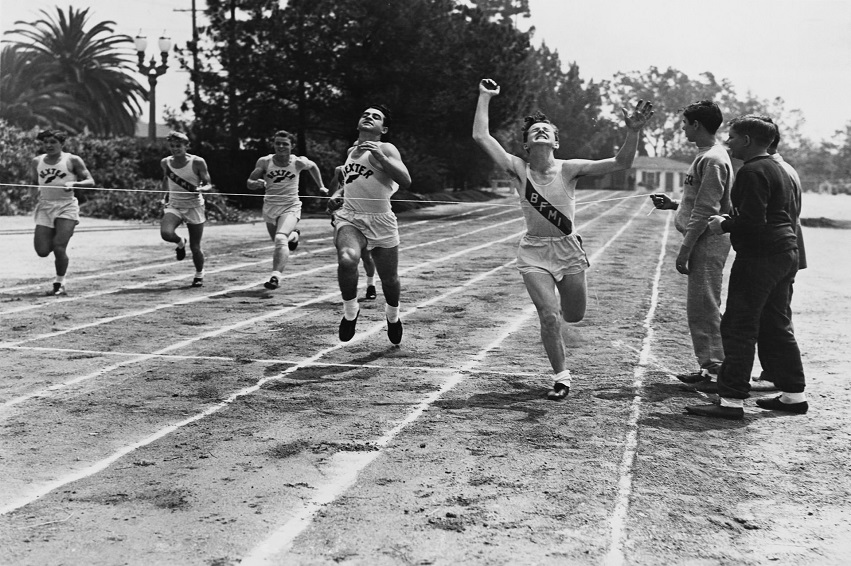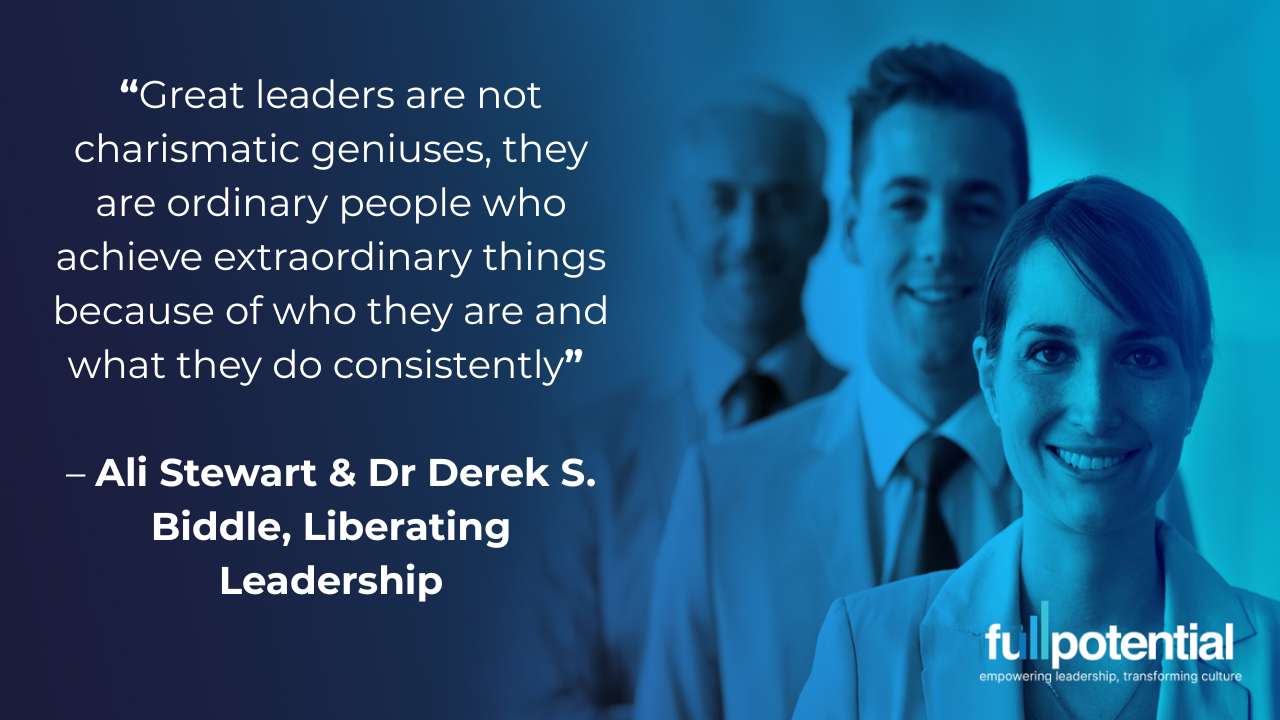Why sponsorship matters more than mentoring

Companies have been investing in female leadership through various ‘empowerment’ type programmes, including having a mentor, for many years now and yet still there is a lack of senior female leaders. A report from Reed Smith* analysing the effectiveness of various `women`s initiatives’ found that sponsorship programmes are the most effective way of enabling women to more senior roles. Various books and articles also suggest that sponsorship is the way forward.
So what is a sponsor and how do they differ from a mentor?
There is confusion between the two and a mentor may play a sponsorship role. A sponsor goes beyond the social, emotional and personal development provided by many mentors. Sponsorship is focused on advancement and predicated on power. They are able to influence decision-making and can propel a protégé to the top of a candidate list. Sponsorship is particularly beneficial to women because they, unlike men, are notoriously bad at promoting themselves. They think hard work speaks for itself. A sponsor can help a woman by making sure that it’s not just about what they produce, but also who knows about the work they do and that they take the credit for it.
Formal vs. Informal Sponsorship
The idea behind a formal – as opposed to informal – sponsorship arrangement is to increase fairness and transparency. One key problem is that when left to themselves, sponsors tend to champion protégés who are carbon copies of themselves. As University of Leicester Professor Hilary Sommerlad puts it: ‘Who are the powerful people in most of these organisations? On the whole, they are middle-class white men and they tend to back young, middle-class white men.’ A study published by the Centre of Work Life Policy and the Harvard business review, reports that 64% of men at VP level and above are hesitant to have a one on one meeting with a junior woman. In turn junior women often avoid close contact with senior men. If women try to cultivate a close relationship with a male sponsor they risk being the target of workplace gossip. Hence the need for formal programmes which allow for transparency about the pairings.
Statistics
- The Sponsor Effect research shows that 70% of men and 68% of women who have a sponsor are satisfied with their career advancement.
- Of those without sponsors only 57% are satisfied with their career progress
- Women with sponsors are 52% more likely to progress up the pipeline
- Men are 46% more likely than women to have a sponsor.
Benefits
- Engages senior men with high potential women
- Educates leadership team about unconscious bias
- Provides more female role models
- Leadership team given responsibility for female advancement.
How to get started with a Sponsorship Programme
1. Identify your high potential women
Sponsees are more than high-potential; they are the role models for future generations. They are at all levels within the organisation. What they have in common is the ability to lead authentically. Matching these women with the right sponsor will create opportunities for themselves, their sponsor and the business. Sponsees are a source of information for their sponsor as well advocating for and seeking new opportunities for them. The sponsee-sponsor relationship is symbiotic – they must both help each other if the relationship is to be beneficial to both parties.
2. Identify your pool of sponsors
Sponsors are those that hold a position of influence within the hierarchy, and will have the following traits. They:
- Have good communication skills and are convinced that enabling women to progress is good for business
- Are networkers who understand that promoting others benefits their own personal brand
- Can navigate the politics of the organisation on behalf of their sponsee while providing ’fire cover’ to allow them to take more risks.
3. Create measurable targets
Targets are agreed during the pre-work phase of sponsorship. As well as measuring increased levels of opportunity and promotion they reflect changing attitudes on female advancement and inclusivity. Successful sponsorship is measured by the performance of the sponsor, emphasising that the issue of female advancement is a management issue. To learn more about how to create a sponsorship programme, please get in touch with Carole Gaskell on +44 (0)1628 488990 or Carole@fullpotentialgroup.com.
Sources:
Source: Grant Thornton International Business Report 2014 The Law Society Gazette:’ A helping hand: sponsorship programmes’: Marialuisa Taddia Sponsor Effect2.0: Road Maps for Sponsors and Protégés; Centre for Talent Innovation *Gender Balancing; A guide to making Diversity in leadership happen: Reed Smith






